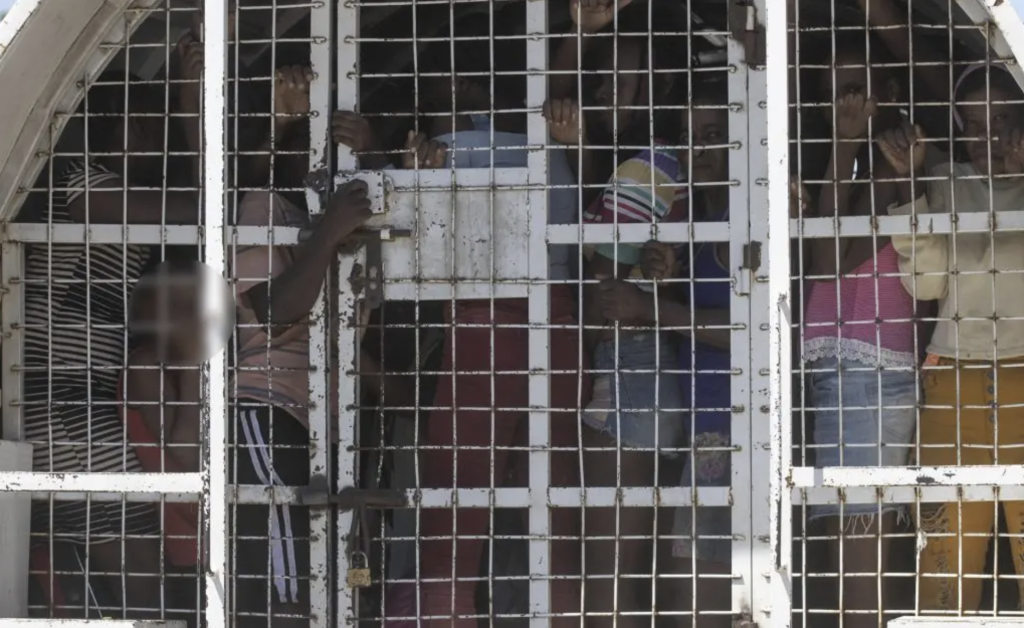
If conditions for living and working in Haiti would improve, Haitians would no longer need to migrate.
Meanwhile, to detain the mass flux of Haitians looking for what their country is not providing in security, jobs and social services, the Dominican government has poured over RD800 million (approximately US$13.6 million) into bolstering its deportation efforts over the past ten months. Yet a significant challenge persists: Haitian migrants repeatedly return, often just days after being sent back across the border, a recent report in Diario Libre points out.
The reality is bleak, nevertheless. Despite substantial investments in new buses, biometric readers, and modernizing immigration facilities, the revolving door of deportation and re-entry continues. What has increased is the cost of re-entering as more controls are in place.
At the Haina Migratory Processing Center, a key hub for detaining and processing undocumented individuals, officials report seeing the same faces return not once, but up to five times. Migrants frequently attempt to evade detection by altering their names, ages, and personal stories, but increasingly sophisticated technology is proving to be a formidable adversary.
Since October 2024, the government has allocated RD$882.2 million to strengthen its deportation infrastructure. This includes:
• RD$702 million for new vehicles to transport deportees.
• RD$79.6 million for infrastructure improvements.
• RD$85.5 million for technology upgrades, particularly at border crossings.
• RD$15.1 million for basic provisions like food and medicine in detention centers.
“We’ve found that repeat offenders come in one day with one name, last name, and date of birth, and the next day with a different one,” explained Vice Admiral Luis Rafael Lee Ballester, director of Migration. To combat this, the Migration Agency (DGM) is increasingly relying on facial recognition, artificial intelligence, and links to international databases to prevent repeat offenders from slipping through controls.
Between 1 October 2024, and 22 July 2025, the DGM has deported 301,149 individuals in irregular situations. During the same period, the agency has processed over 14.7 million passengers at the country’s ports and airports.
Looking ahead, the DGM plans to deploy 465 new agents in August, initially in 19 provinces, with the goal of covering all 31 provinces and the National District by year-end. New processing centers are also projected for Pedernales and San Francisco de Macorís, alongside the strengthening of existing facilities in Santiago, Benerito, Dajabón, Comendador, and Jimaní. There is a 391 km land border between Haiti and the Dominican Republic, throughout which there is approximately 50 km of fence.
“Now we will put everything we’ve learned into practice,” Lee Ballester stated. “The goal is for all provincial offices to be operating nationwide by December, as instructed by the President of the Republic.”
Recently, when interviewed in NY, Dominican-born New York representative Adriano Espaillat reaffirmed that the Dominican Republic has the right to protect its border.
Read more in Spanish:
Diario Libre
El Nuevo Diario
28 July 2025

